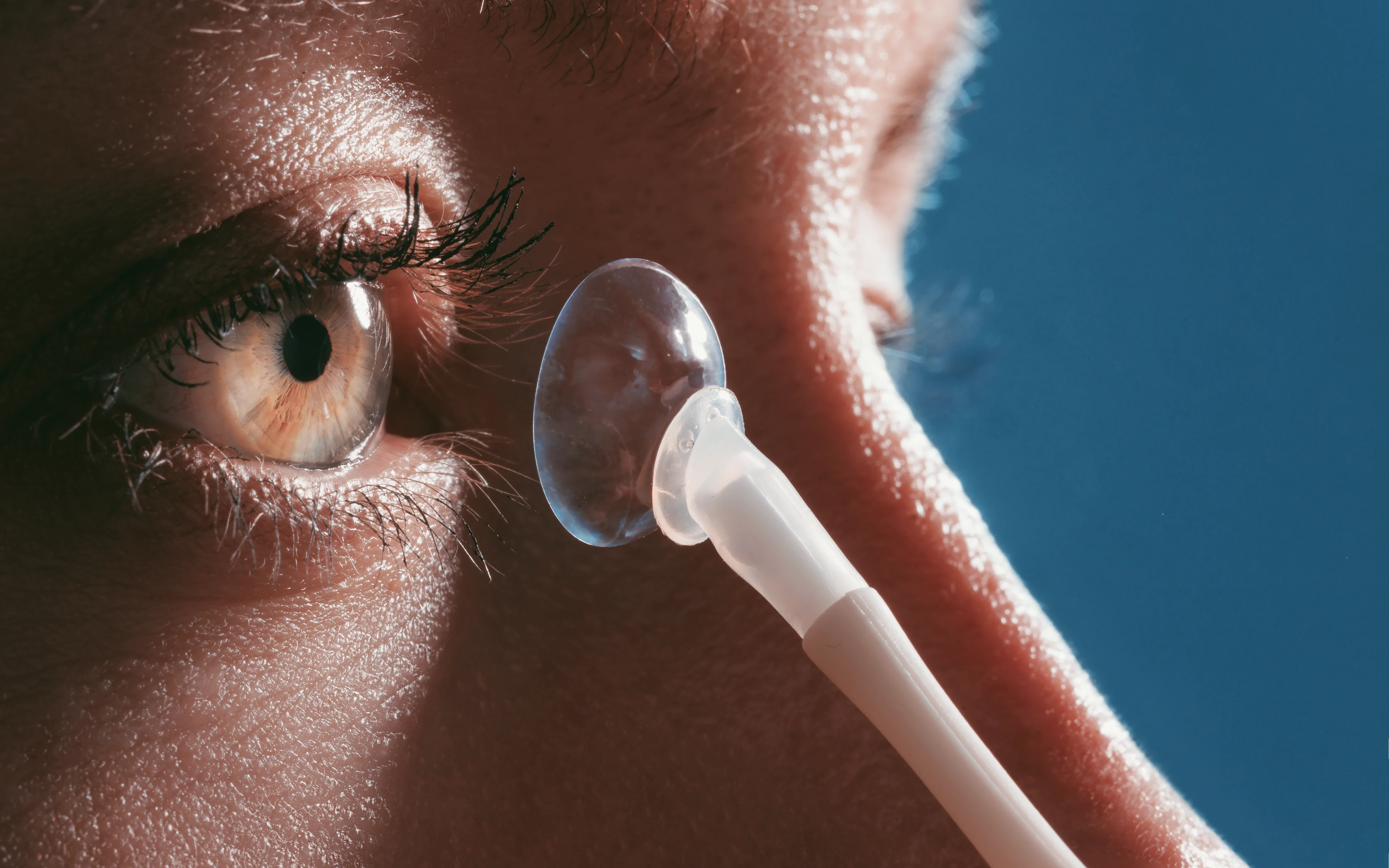The challenge
Many contact lens wearers fail within the first year due to dry eye discomfort. Some soft lenses soak up your available tears, aggravating dryness. But with the right approach, comfortable lens wear is possible.
Treat dry eyes first
Don’t just use eye drops – they only mask the problem. Proper dry eye treatment by an expert who understands both contact lens fitting and dry eye therapy is essential for success.
Your options
Daily disposables
Fresh lenses daily prevent deposit buildup and eliminate cleaning solutions that can irritate dry eyes.
Monthly lenses
If prescribed monthly lenses, use hydrogen peroxide systems (AOSEPT) instead of preserved solutions. Avoid “One Step” products as they’re harsh on sensitive eyes.
Scleral lenses
For severe dry eyes, these large lenses vault over your cornea, creating a protective moisture bubble. Require expert fitting but can be life-changing for stubborn cases.
What to avoid
- Preserved contact lens solutions
- “One Step” cleaning systems
- Ignoring persistent discomfort
Your solution
Comfortable contact lens wear with dry eyes requires proper dry eye treatment combined with appropriate lens selection and expert fitting. Don’t give up if previous attempts failed – newer materials offer better solutions.
At The Eye Practice, we specialize in both advanced contact lens fitting and dry eye treatment. Our dual expertise addresses both vision needs and underlying dry eye conditions, including scleral lens fitting for severe cases.
Call us on (02) 9290 1899 or make an appointment online today to achieve comfortable contact lens wear despite dry eyes.


